
Nadia Stieglitz


Artist Bio
Nadia Stieglitz is a French-born ceramicist based in Charleston, South Carolina, specializing in organic abstract sculpture. Her ceramic work is a self-taught venture, which began in 2019. Through the juxtaposition of ethereal shapes, raw textures, and complex patterns, she creates a world for viewers to enter, explore, and engage with shapes that challenge the notion of “the feminine”.
Starting October 24, 2022, Nadia will be a Visiting Artist at the Gibbes Museum of Art, an annual program that features eight artists whose work contributes to a new understanding of art in the American South. In January 2022, her art work was exhibited at REDUX, the Charleston contemporary art center. In April, she was selected as one of three “Emerging Artists” at Artisphere, an annual art festival in Greenville, SC, and was accepted at Artsfield, an annual art competition in Lake City, South Carolina. This month, she will be featured in Charleston Magazine’s “Arts Profile”. Her work is currently on view in Charleston at the gallery of the Vendue Hotel and at The George Gallery.
Artist Statement
The sculptural work of Nadia Stieglitz emphasizes the many qualities that, once combined, total the makeup of a living being in all its aesthetic, social, and cultural manifestations. Through her exploration of organic abstraction, she questions the forms we associate with womanhood and, subsequently, femininity, both challenging and re-imagining gendered constructs of nature and space. Within her ceramic work, Stieglitz marries this emphasis on external presentation with an interest in the venular—what is underneath.
Recalling complex networks of veins and tributaries, the patterns etched onto the surface of her sculptures draw attention to the life forces that often remain hidden from view, therefore celebrating their existence by placing them onto the “skin,” or the surface, instead of beneath it.
These works venerate the mechanisms needed to maintain homeostasis in all living systems despite their relative invisibility, either too small, or far too vast, to be perceived without an unaided view. Within these two frameworks, Stieglitz quietly underpins an essential quality of three-dimensionality: that of allowing an object to be viewed from multiple angles. This property, critical to the element of discovery through the revelation of the unknown, reinforces the thematic power of sculpture to relay human observation and understanding.
How does the theme ‘Biosphere’ play a role in your work?
My artistic practice has always found inspiration in the natural environment. Being raised in the French Alps to a family of hikers, my childhood was marked by an exposure to nature and a fascination with structural landforms that result from dynamic geological processes. Through the medium of clay, I have been able to explore my long-held sensibility for organic textures and biomorphic shapes, using three-dimensional objects to capture the intricacies at the intersection of art, nature, and science.
Fascinated by the research of various scientists on the impacts of climate change on forests and the reliance of these ecosystems on the unseen work of fungus to adapt to it,, my most recent work takes inspiration from mycorrhizal fungi – critical members of the plant microbiome that form a symbiosis with the roots of most plants on Earth. In my series “Symbiotic,” the Sgraffito patterns etched onto the surface of mushroom-like shapes recall these complex networks that feed and support the functions of larger organisms. In their dormancy, these works remind the viewer that, despite appearances, there is always growth and circulation—life, ultimately, in stillness.
Similarly, as part of my upcoming residency at the Gibbes Museum this fall, I plan to draw inspiration from the marine ecosystems and coastal landforms of South Carolina, where I currently reside. The pieces will center around a central theme – “bringing the outside in” – and will culminate in an immersive installation of the sculptures within a reconstructed coastal environment, juxtaposing the durability of three-dimensional sculptures with the dynamic nature of beach morphology. In doing so, the collection will urge viewers to engage in conversations surrounding conservation, environmental change, and the impacts of human influence on the natural world.
Find Her On










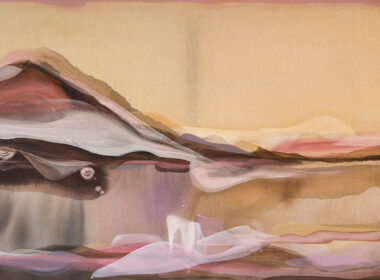
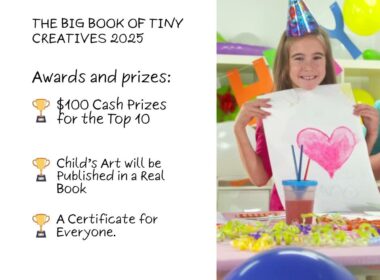
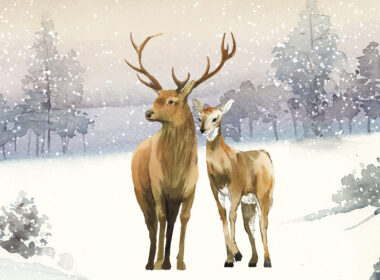



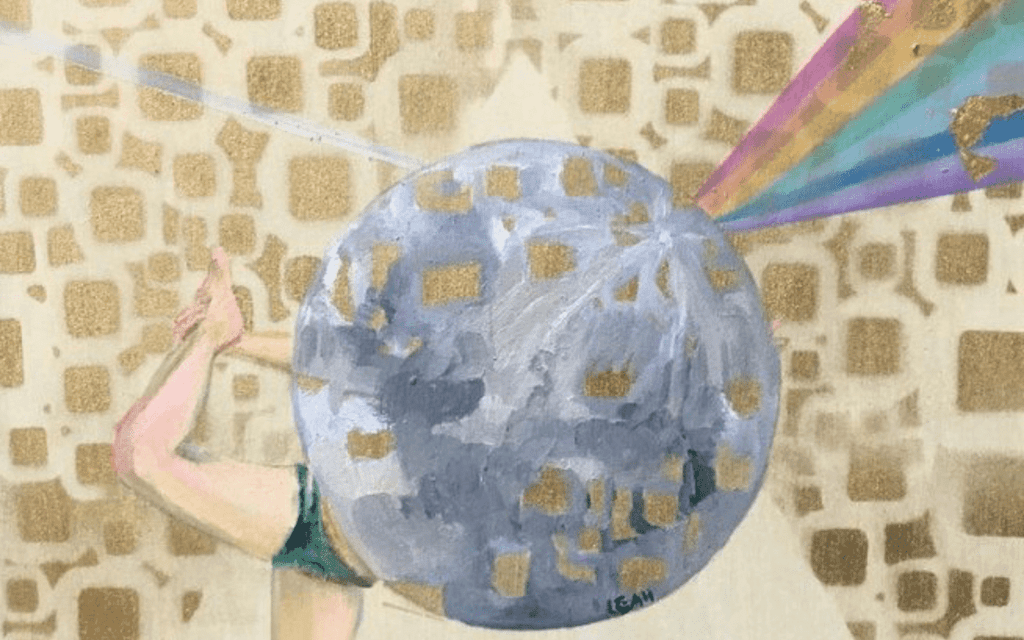
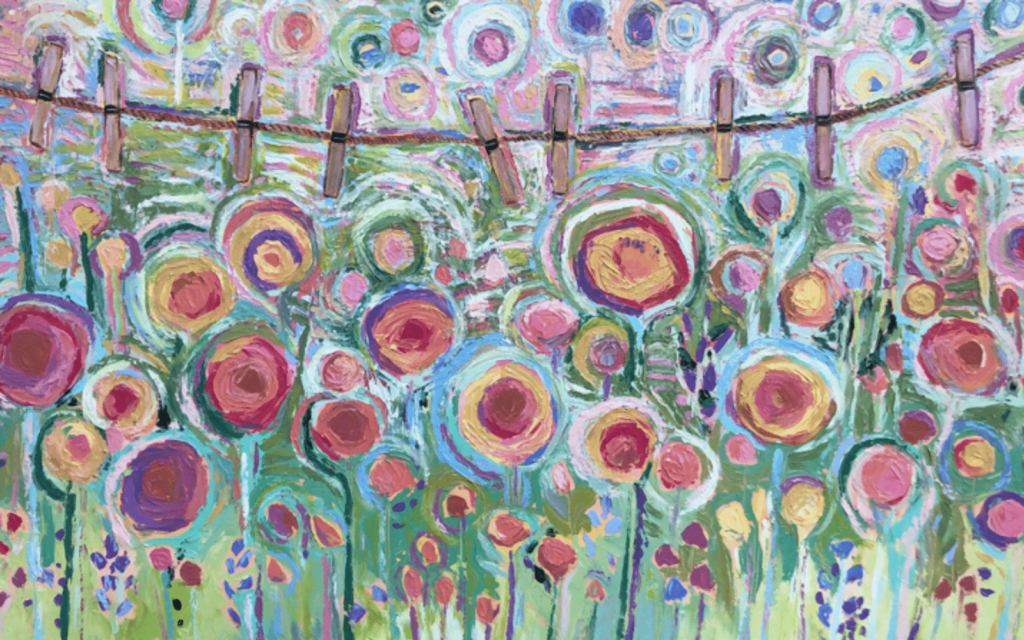


Comments 21